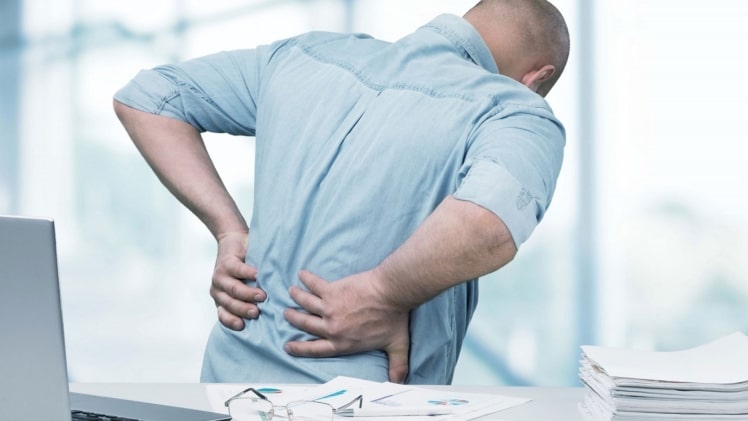From muscle strains to muscle pulls and joint injuries, work-related injuries can lead to various painful conditions that are temporary or chronic. Understanding how injuries occur in the workplace and how to prevent them, and when to seek treatment are crucial for your well-being and productivity at work. Some of the painful conditions may require more extensive treatment compared to others. Because of the broadness of what can be regarded as a work-related injury, the symptoms may vary from mild to severe to sudden or progressive, or somewhere in between. If you have suffered a work-related injury in Colonia, see your specialist for correct diagnosis and treatment so that you can get back to work as soon as possible.
Causes of Work-Related Injuries
Muscle strain is a culprit for many injuries at work. Strains often occur as a result of improper lifting techniques, over-extending a muscle, and repetitive motions. Injuries in the workplace may also arise from being struck or hitting an object, resulting in shoulder, back, leg, or knee pain, depending on the point of impact. Falls and over-exertion account for billions of dollars paid in the form of workers’ compensation costs. Low back pain is considered the most common type of job-related pain.
Symptoms of Job-related Injuries
The symptoms of work-related injuries may be gradual and progressive if repetitive motion is involved. A good example is the case of carpal tunnel syndrome, which arises from a pinched nerve. Repetitive muscle strains or over-exertions may present dull aches that start mildly, and worsen over time due to inflammation, tissue, or joint injury.
Injuries that involve a fall may present with pain that is intense and felt immediately. The pain may also come later on after inflammation develops within the affected area.
Work-related injuries may also have symptoms such as sudden or sharp pain. This pain often does not subside with initial rest. You may also have pain that worsens when you make specific movements like bending, twisting, standing, and stretching the legs.
Treating Work-related Injuries
Treating pain caused by job-related injuries begins with an accurate diagnosis of the cause. A combination of therapies may be involved in the treatment, including pain medication and physical therapy.
A functional capacity evaluation might be recommended if image tests cannot indicate the cause or source of the pain. This evaluation helps determine a patient’s ability to make movements involving standing, lifting, pushing, walking, and pulling. In treating work-related back pain, a pain management specialist may use pain medication temporarily in conjunction with physical therapy.
Including anti-inflammatory foods within your diet may also help to minimize the risk of overlying on pain medications. The success in pain management depends on the nature of the injury and the time it is diagnosed. It also depends on when you start treatment. Early diagnosis increases the odds of getting positive treatment results. Do not let mild discomforts linger and become increasingly persistent go undiagnosed. The condition may worsen over time, often making it difficult to treat.

